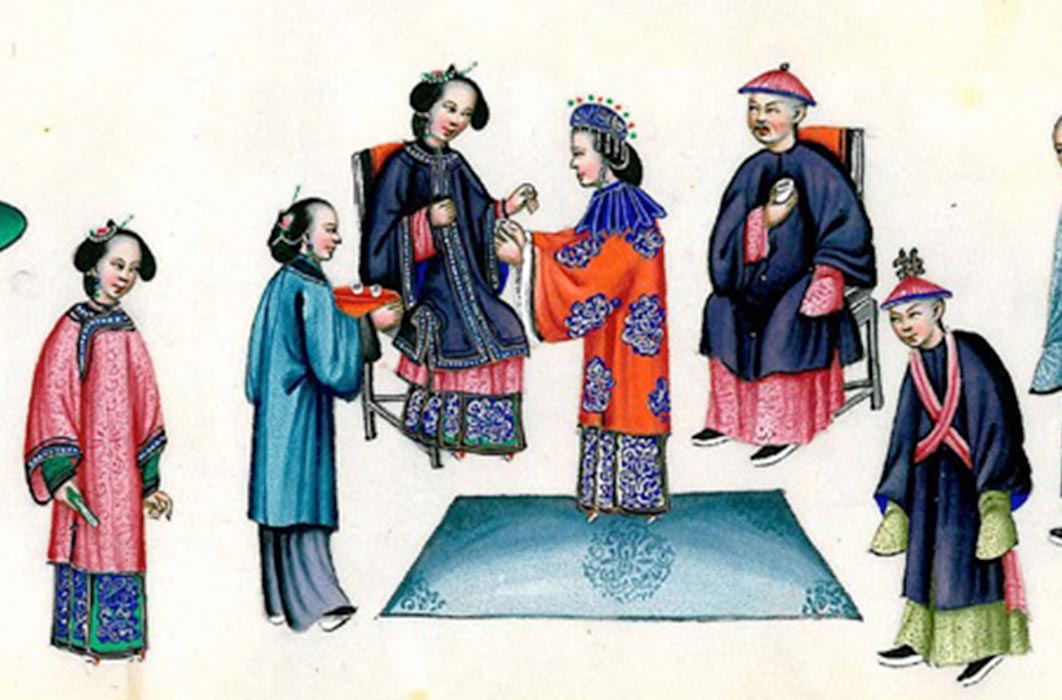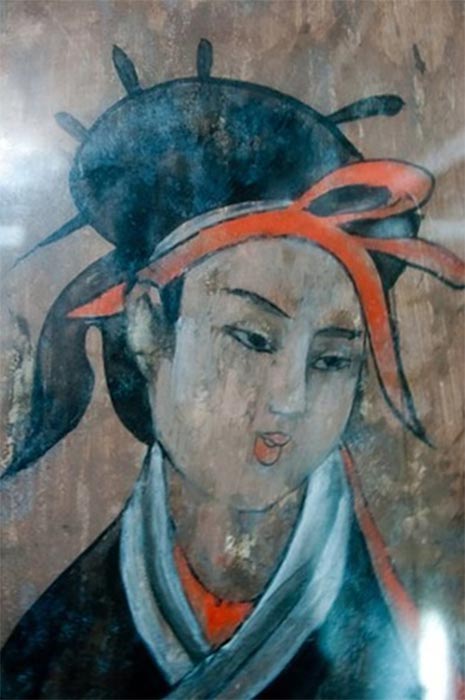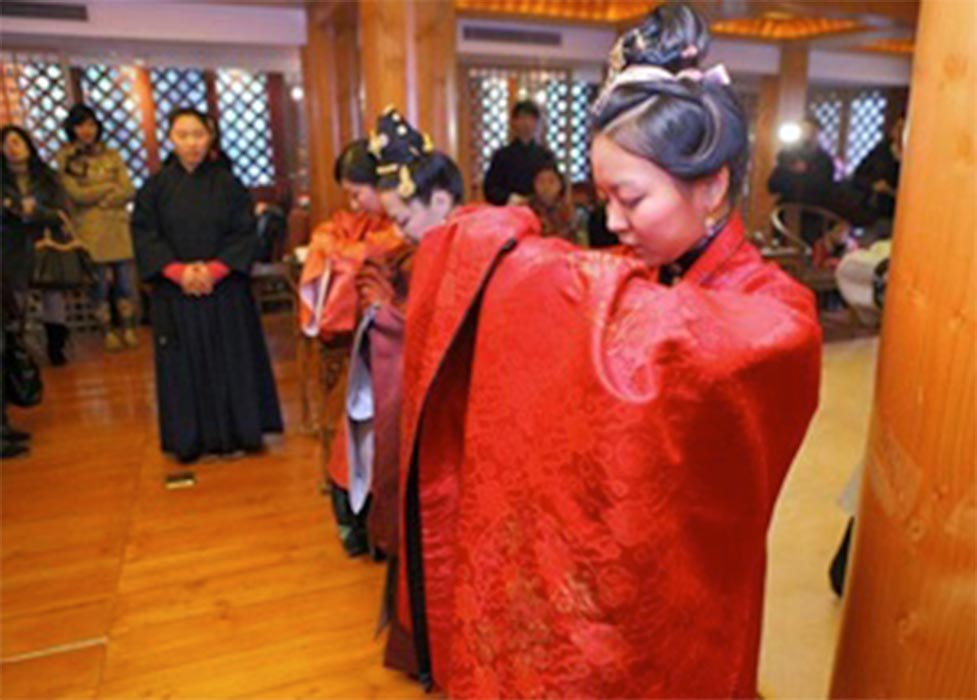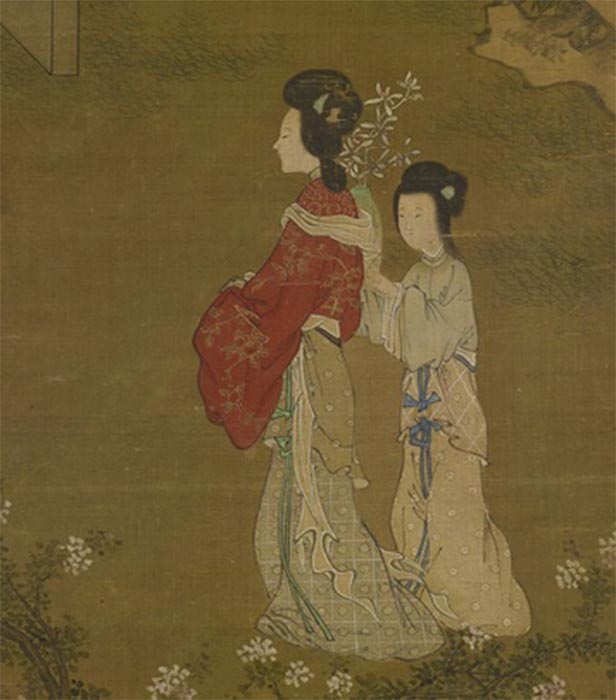
A History of Hairpins and Hairdo’s of Ancient Women in Eastern Asia
Confucian values in ancient China held that since one's hair is a gift from one's parents it is to be treated with utmost respect. This rule applies to men and women alike. Haircuts were therefore considered to be a serious filial offense against one's family and was only allowed under special circumstances such as giving a lock of one’s hair as a solemn vow to a lover or shaving one's head when joining a religious order. Prisoners were forced to have their hair cut and/or left to grow wild as a form of punishment as unkempt hair was a sign of illness, depression or dishonorable ways. On the other hand, long, shiny black hair was considered ideal as a sign of good health and vitality.

The Dahuting Tomb: A lady with a flowing long hairstyle of the late Eastern Han Dynasty (25-220 AD) (Public Domain)
Of course, long hair leaves a lot of room for one’s imagination to run free. A thousand years ago, Asian ladies’ hairstyles in particular communicated a language all of their own, sending silent messages to the world to behold. Ancient women from Eastern Asia have worn various hairstyles throughout different historical eras, with slight alterations to indicate different stages of their lives. In the Chinese Han Dynasty (206 BC - 220 AD), women used to tie their hair in loose buns and allowed some loose strands to cascade down their backs. Between the seventh and 19th centuries, Japanese elite noblewomen affiliated with ruling families, had intricate and arranged wax, combs, ribbons, hair picks, and flowers hairstyles. The women of Korea wore several hairstyles that dated back to before the Joseon Dynasty depending on their age, social status and location of abode.

Coming of Age Ji-Li ceremony for Chinese girls (CC BY-SA 2.0)
Tying the Knots in China
Young women in ancient China wore their hair down, or in simple styles, to show that they were unmarried. Traditionally, unmarried girls would keep their hair in braids until their 15th birthday when they attended a ji-li or hair pinning ceremony. During the ritual, the girl's hair was washed and combed into a twist before being held together with a pin called a ji.
- Big Wigs and Hairpieces: Artificial Hair of the Ancient World
- Monks, Hermits and Ascetics: The Little-Known History of Women in Desert Asceticism
- Art of War: Onna Bugeisha of Japan and the Ancient Female Warrior Culture
A simple hairdo for unmarried women from the Han Dynasty consisted of a long, low ponytail, tied loosely so that the hair framed the girl’s face on both sides and showed off her forehead. The hair was parted down the middle to emphasize the girl's facial symmetry. Another style for single girls allowed them to leave most of their hair loose, as a portion of their hair was gathered into a twist or bun at the back of the head, held in place by pins or other dangling ornaments. This gave the wearer an elegant profile while still showing off her shiny and lustrous locks.

Tang Yin - Making the Bride's Gown (1700 and 1825) Walters Art Museum (Public Domain)




